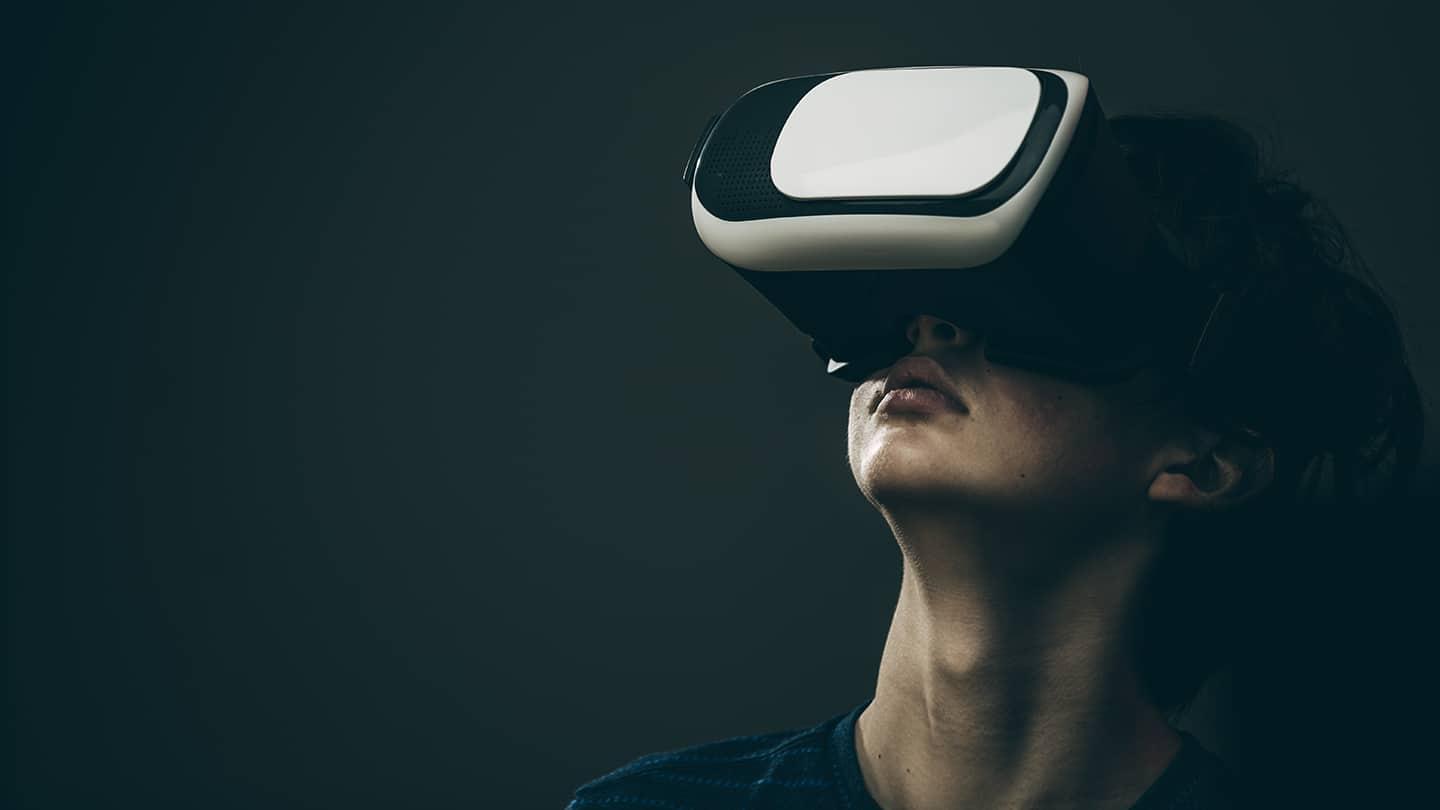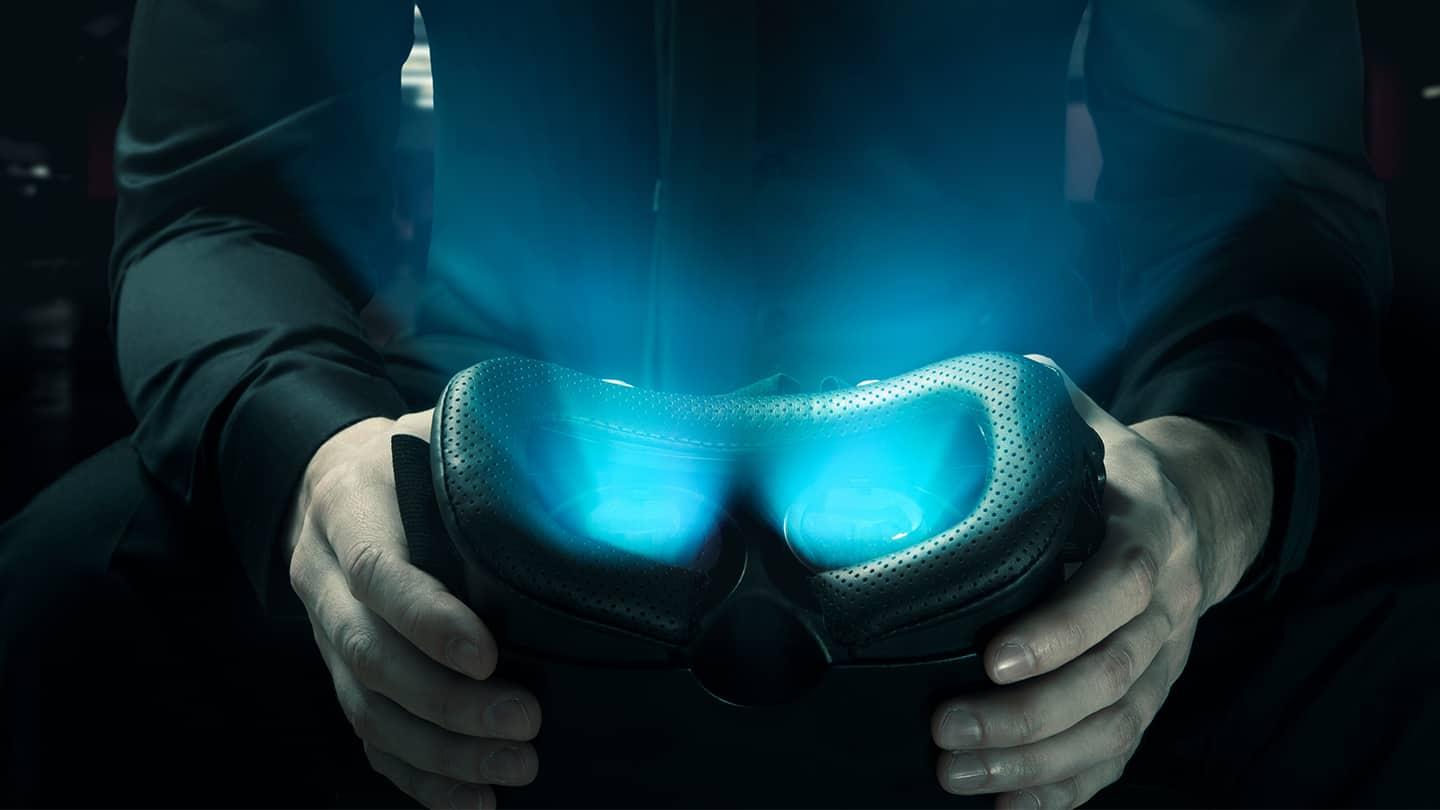VR: It’s time for a reality check
For some years, we’ve worked hard on the development of Virtual Reality (VR), and we’ve become acutely aware of something: we’ve still barely started on what will be a long journey.
Mass adoption and ‘true’ immersion remain a far-off dream. Attainable, but not in the timescale anticipated on the climb up the VR hype cycle.
Why has VR not tipped into mass adoption, particularly in media and entertainment? Current production headsets represent some of the most innovative technology commercially available today. The VR content that is available demonstrates a remarkable amount of passion and ingenuity.
But for a demanding audience, who still have the alternative to kick back in front of a large high-dynamic-range display and watch a 4K stream of Netflix’s Stranger Things socially with their family, there are a lot of hurdles:
- Quality: it’s still hard to compete with that modern television for visual quality.
- Convenience: the television still wins for lack of physical clutter and complexity.
- Content: we’re still very early on in our understanding of what immersive content could be, and there isn’t enough of it. It’s also time-consuming to make.
- Stereo-3D: more on the stereo-3D hype cycle in a minute, but it’s still a poor approximation for the human visual system, if we want to sell a truly convincing sense of immersion.
Consequently, headsets (and perhaps the additional hardware needed to feed them) remain a luxury item - one that still doesn’t quite feel like a luxury experience.
Over the coming months, Foundry Trends will be exploring the factors challenging the industry in depth, giving VR the reality check it needs and, hopefully, helping us to keep moving along the road.

Haven’t we been here before?
There’s a reason you have that feeling in the pit of your stomach, and it’s not your lunch - it’s déjà vu. That’s right, we actually plummeted off the top of Gartner’s ‘peak of inflated expectations’ and into the ‘trough of disillusionment’ in the 90s.
When Foundry was started in the 1990s, we could already enjoy network VR gaming in the arcade round the corner. And remember Sega’s VR headset? It’s appearance at the 1993 Winter Consumer Electronics Show brought the promise of in-home immersive experiences for all. But a year later the headset, and VR’s hopes along with it, had seemingly disappeared without ever reaching the shelves.
It’s more than 20 years since Sega’s efforts, and we’re climbing the ‘slope of enlightenment’ again. This time, there’s good reason to be more positive: the difference now is that there are a lot of big companies betting a lot of money on VR’s success.
Just look at Sony’s advertising drive for the release of big-ticket games like Bethesda’s The Elder Scrolls: Skyrim and Fallout 4, compatible with its PlayStation VR headset. And this month, the Star Wars: Secrets of the Empire VR experience opens up in London as a collaboration between Lucasfilm, ILMxLAB and The VOID.
But, despite all the investment, if as an industry we don’t come clean about how much effort remains, this could all come crashing to its knees - and will we then be waiting another 20 years for the next round?
Comparisons can easily be drawn between the fortunes of VR and 3D film. This July, IMAX announced it would be phasing 3D showings out of its cinemas across the world, and did not screen Blade Runner 2049 in 3D whatsoever.
It marks the nadir of a slow decline of an industry that arguably saw a resurgence propelled by IMAX itself, with the 3D releases of The Polar Express and Superman Returns in the mid-2000s and the massive kick from James Cameron’s Avatar. From a technical aspect, everything we learned about 3D is now hugely relevant to what we now do in VR, but the failure to convert audiences with 3D alone is an interesting lesson.

I need a hero
There is, however, a silver lining: people genuinely want VR to work. As an industry, ‘immersion’ as an idea is compelling - it’s the reason we all put effort into photorealism, into 3D. It’s why we committed to high dynamic range and 4K.
Audiences care about any shortcomings that drop them out of ‘the moment’ - whether outside VR or in. Audiences crave 'being there', and all the current work going on today in VR is another aspect of that ongoing journey.
Indeed, the average person on the street may not yet have been given the chance to try the technology out, but we know there’s a massive appetite for it.
Just under a year ago we carried out a comprehensive survey of public opinion towards VR, and more than a third (36%) of the 2,001 people we spoke to said they wanted to try their hand at VR for the first time in 2017.
But our challenge remains - how can we ensure the reality of VR matches people’s expectations? And how can we finally get VR to work for everyone? It’s possible it won’t look like anything we see today.
Tune into Foundry Trends throughout 2018 as we take VR apart - looking at the good, the bad and the ugly - and help us put it back together.
Simon Robinson, Foundry Co-Founder and Chief Scientist


